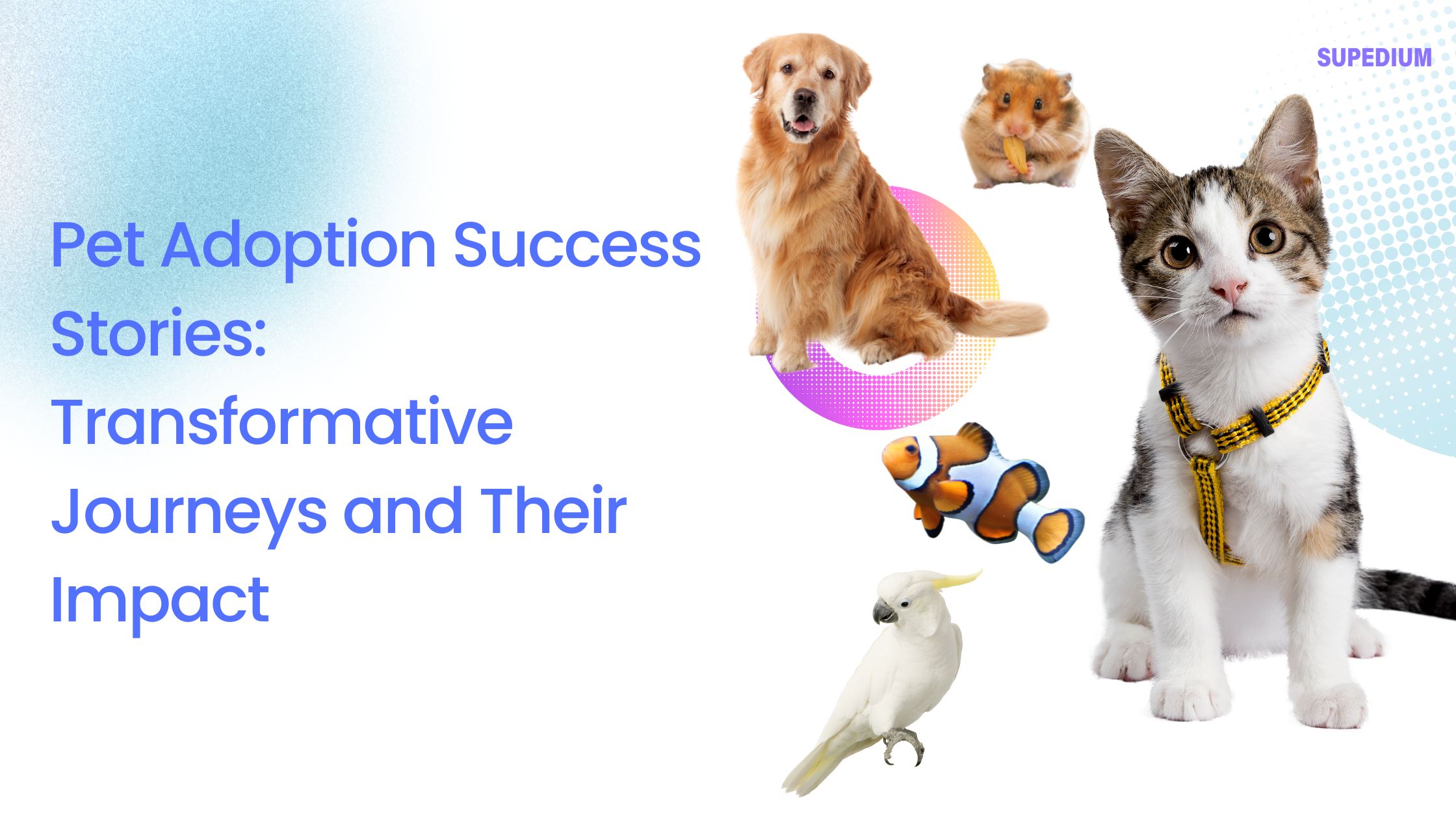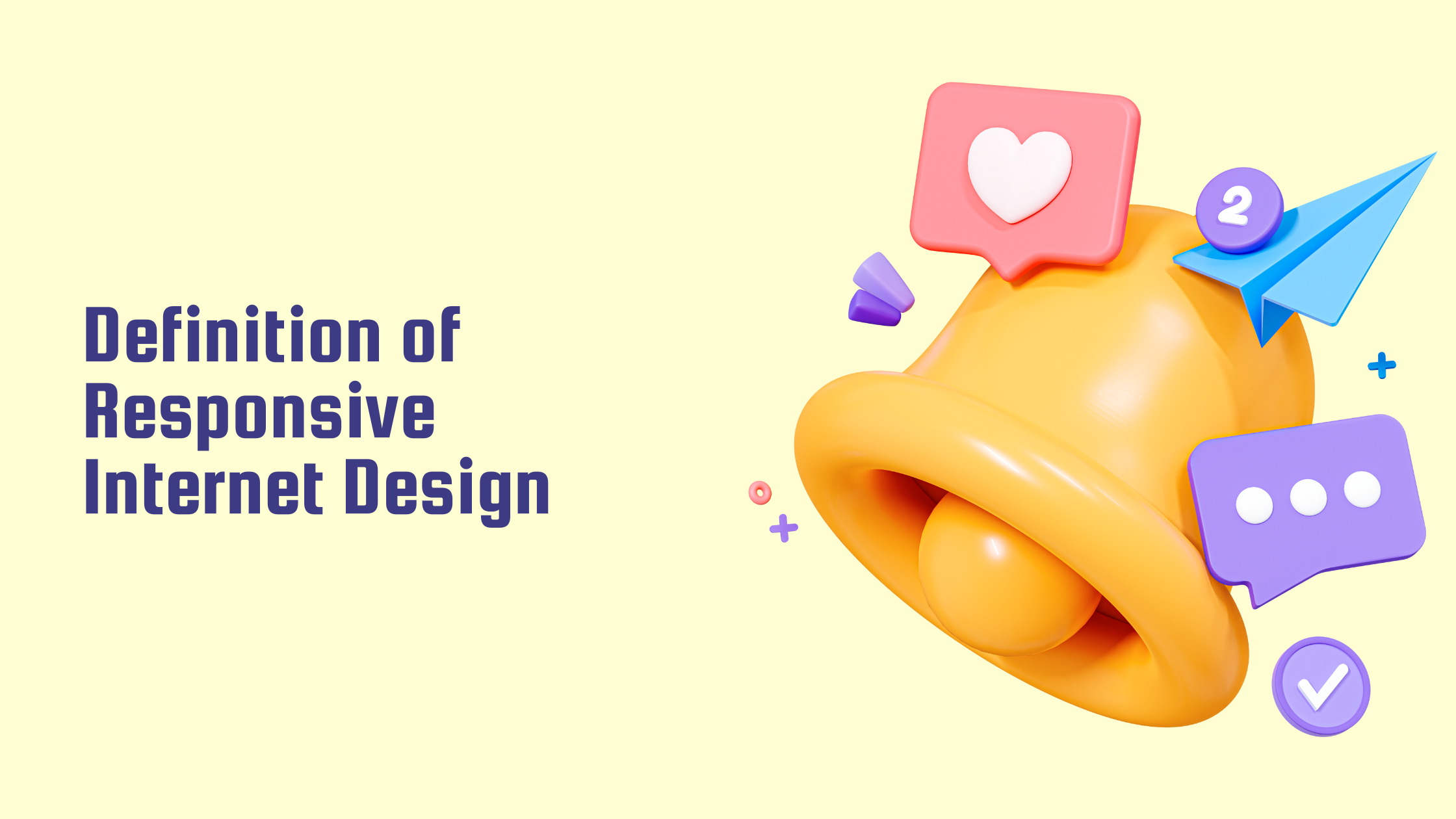Table of Contents
![]()
I. Introduction
A. Definition of Blockchain Interoperability
Blockchain interoperability refers to the capability of different blockchain systems to communicate and operate together seamlessly. As blockchain technology evolves, the ability for disparate blockchain networks to interact and exchange information becomes increasingly crucial. Interoperability facilitates a more integrated blockchain ecosystem, allowing assets and data to move fluidly between different systems.
B. Overview of Blockchain Technology
Blockchain technology is characterized by its decentralized, distributed ledger that records transactions across multiple computers. This technology ensures transparency and security through consensus mechanisms and cryptographic techniques. Blockchains can be categorized into three types:
- Public Blockchains: Open to anyone and fully decentralized, such as Bitcoin and Ethereum.
- Private Blockchains: Restricted access, often used within organizations for internal purposes.
- Consortium Blockchains: Controlled by a group of organizations, combining elements of both public and private blockchains.
C. Purpose of Interoperability
The primary purpose of interoperability is to enhance the functionality of blockchains, enabling them to work together effectively. This integration expands the potential use cases of blockchain technology, such as cross-chain transactions and decentralized applications (dApps). Seamless interaction between blockchains also supports the development of a more robust and versatile blockchain ecosystem.
II. Current Challenges in Blockchain Interoperability
A. Technical Challenges
- Different Consensus Mechanisms: Blockchains utilize various consensus mechanisms (e.g., Proof of Work, Proof of Stake). These mechanisms are fundamental to how each blockchain operates, making it challenging to achieve consensus across different systems.
- Variability in Data Formats and Protocols: Each blockchain network may use different data formats and communication protocols. Standardizing these formats is essential for interoperability but remains a significant technical challenge.
- Scalability Issues: Scalability concerns arise as interoperability solutions need to handle a growing number of transactions and interactions across multiple blockchains without compromising performance.
B. Security Concerns
- Potential Attack Vectors: Interoperability introduces new attack vectors, such as vulnerabilities in cross-chain communication protocols, which could be exploited by malicious actors.
- Cross-Chain Vulnerabilities: The interaction between different blockchains can create security loopholes, making it critical to ensure that interoperability solutions are secure.
- Data Privacy Issues: Ensuring privacy while enabling data sharing across different blockchains is a complex challenge, requiring robust encryption and privacy-preserving techniques.
C. Regulatory and Compliance Issues
- Diverse Regulatory Environments: Different jurisdictions have varying regulations concerning blockchain technology. Ensuring compliance across multiple regions can be difficult.
- Compliance with Legal Standards: Interoperability solutions must adhere to legal standards, which may vary between blockchains and jurisdictions, complicating their implementation.
- Jurisdictional Conflicts: Discrepancies in regulations and compliance requirements between different regions can hinder the seamless operation of cross-chain interactions.
III. Methods and Protocols for Achieving Interoperability
A. Cross-Chain Communication Protocols
- Inter-Blockchain Communication (IBC): Developed by the Cosmos Network, IBC allows for secure data and asset transfers between different blockchains, fostering interoperability within the Cosmos ecosystem.
- Polkadot’s Cross-Chain Message Passing (XCMP): Polkadot’s XCMP enables different blockchains (parachains) within the Polkadot network to communicate and exchange messages, facilitating interoperability.
- Cosmos Network and Tendermint Core: Cosmos uses Tendermint Core for its consensus and networking, supporting interoperability through its hub-and-zone model where hubs (central chains) facilitate communication between zones (connected chains).
B. Bridging Technologies
- Atomic Swaps: Atomic swaps enable direct exchange of cryptocurrencies between different blockchains without requiring a trusted third party. This technology enhances interoperability by facilitating cross-chain transactions.
- Cross-Chain Bridges: These bridges, such as wrapped tokens, allow assets from one blockchain to be used on another. For instance, Ethereum-based tokens can be utilized on other blockchains through bridging solutions.
- Multi-Chain Aggregators: Platforms like Thorchain aggregate multiple blockchains, enabling seamless transactions and liquidity across different networks.
C. Standardization Efforts
- Industry Standards and Best Practices: Standardizing communication protocols and data formats is essential for interoperability. Industry groups and consortia work to establish best practices and standards.
- Initiatives by Standardization Bodies: Organizations such as the International Organization for Standardization (ISO) are working on developing standards for blockchain interoperability.
- Collaborative Frameworks: Efforts like the Interoperability Initiative bring together stakeholders from various blockchain projects to create frameworks for seamless interaction.
IV. Notable Projects and Platforms
A. Cosmos
- Overview of the Cosmos Ecosystem: Cosmos is designed to enable interoperability between independent blockchains. Its ecosystem consists of a central hub (Cosmos Hub) and multiple zones (independent blockchains) connected through the IBC protocol.
- Key Components: Hub and Zones: The Cosmos Hub facilitates communication and transactions between different zones, ensuring that each blockchain can interact with others within the ecosystem.
- Examples of Interoperable Chains: Blockchains like Binance Chain and Terra are integrated into the Cosmos network, demonstrating practical applications of interoperability.
B. Polkadot
- Overview of Polkadot’s Structure: Polkadot is a multi-chain platform that connects various blockchains (parachains) to a central relay chain. This structure supports interoperability and shared security.
- Parachains and Relay Chains: Parachains are individual blockchains that run in parallel and are connected to the Polkadot relay chain, which coordinates consensus and communication between them.
- Real-World Use Cases: Projects like Acala and Moonbeam leverage Polkadot’s interoperability to enable cross-chain functionality and decentralized applications.
C. Chainlink
- Decentralized Oracles: Chainlink provides decentralized oracles that connect smart contracts with off-chain data, enhancing interoperability between blockchains and external systems.
- Cross-Chain Smart Contracts: Chainlink enables smart contracts on different blockchains to interact with each other through its cross-chain framework.
- Integration Examples: Chainlink’s technology is used in various DeFi applications to aggregate and utilize data from multiple blockchains.
D. Others
- Aion: Aion focuses on creating a multi-tier blockchain network to facilitate interoperability and communication between different blockchain networks.
- Wanchain: Wanchain provides cross-chain solutions for the transfer of assets and data, supporting various blockchains through its decentralized network.
- Thorchain: Thorchain offers a decentralized liquidity network that enables asset swaps across different blockchains without requiring intermediaries.
V. Case Studies and Use Cases
A. Financial Services
- Cross-Border Payments: Blockchain interoperability allows for efficient and cost-effective cross-border payments by enabling transactions across different blockchain networks.
- DeFi Applications: Decentralized finance (DeFi) platforms benefit from interoperability by integrating assets and services from multiple blockchains, enhancing liquidity and functionality.
- Asset Tokenization: Interoperability supports the tokenization of various assets, including real estate and commodities, across different blockchain platforms.
B. Supply Chain Management
- Tracking and Transparency: Blockchain interoperability enhances supply chain management by enabling seamless data sharing and tracking across different blockchain networks used by various stakeholders.
- Interoperability Between Supply Chain Platforms: Different supply chain platforms can interact and exchange information, improving efficiency and transparency.
- Examples of Successful Implementations: Companies like IBM and Walmart utilize blockchain interoperability to track and verify goods across global supply chains.
C. Healthcare and Identity Management
- Secure Data Sharing: Blockchain interoperability enables secure and efficient sharing of healthcare data between different systems, improving patient care and data accuracy.
- Patient Data Interoperability: By integrating patient data across different healthcare providers and systems, interoperability enhances the overall quality of care and accessibility.
- Identity Verification Across Platforms: Interoperability supports identity verification across various platforms, streamlining processes and enhancing security.
VI. Future Directions and Trends
A. Emerging Technologies
- Quantum Computing Impact: The advent of quantum computing could impact blockchain security and interoperability, necessitating advancements in cryptographic techniques.
- Advances in Privacy Technologies: Innovations in privacy technologies, such as zero-knowledge proofs, will play a crucial role in addressing data privacy concerns in interoperable blockchain systems.
B. Integration with Emerging Technologies
- AI and Blockchain: The integration of artificial intelligence (AI) with blockchain technology could enhance decision-making and automation in interoperable systems.
- IoT (Internet of Things) and Blockchain: Combining IoT with blockchain can facilitate real-time data sharing and automation across different blockchains, improving interoperability in smart environments.
C. Potential Developments
- Evolution of Cross-Chain Protocols: Continued development of cross-chain protocols will enhance interoperability, addressing current limitations and expanding use cases.
- Growth of Interoperable Blockchain Networks: The proliferation of interoperable blockchain networks will foster a more connected and functional blockchain ecosystem.
- Predictions for Future Trends: Future trends may include more sophisticated interoperability solutions, greater standardization, and increased adoption of cross-chain technologies.
VII. Conclusion
A. Summary of Key Points
Blockchain interoperability is essential for creating a cohesive and functional blockchain ecosystem. While challenges exist, including technical, security, and regulatory issues, various methods and protocols are being developed to address these obstacles. Notable projects like Cosmos, Polkadot, and Chainlink are leading the way in fostering cross-chain communication and integration.
B. Final Thoughts
Interoperability is a key driver of blockchain adoption and innovation. As technology advances and new solutions emerge, the potential for seamless interactions between blockchains will expand, leading to more robust and versatile applications. Continued innovation and collaboration are crucial for realizing the full potential of blockchain interoperability.
Share This





Be the first to comment